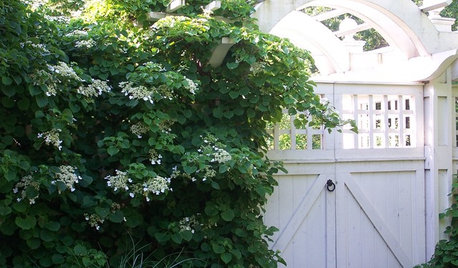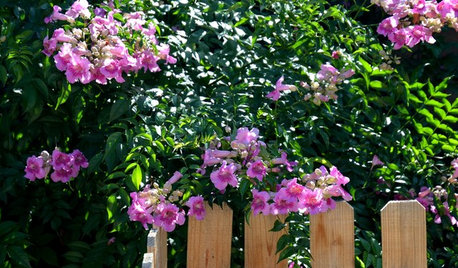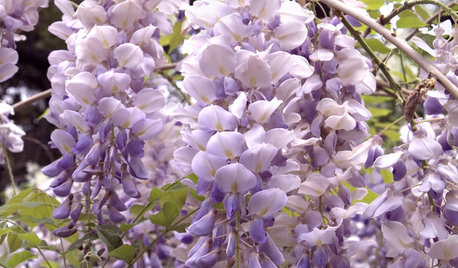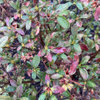Did non-vining clematis kill enkianthus?
butterclem
13 years ago
Related Stories

PLANTING IDEASGreat Garden Combo: Rose + Clematis for Small-Space Impact
We all need somebody to lean on. And when a rose supports a climbing vine, the results can totally transform a small garden
Full Story
LANDSCAPE DESIGNSee 5 Unexpected Ways to Use Vines
Vines can grow over slopes, trail off pergolas and add seasonal color to the garden
Full Story
FALL GARDENING6 Deer-Resistant Flowering Vines to Plant This Fall
Have a major deer problem? Here are some of the only vines that have a chance of not being eaten
Full Story
PINK FLOWERSGreat Design Plant: Pink Trumpet Vine Heralds Vibrant Color
Announce your landscape beautification efforts with this flowering vine that perks up hot, dry gardens
Full Story
EXTERIORSCare and Training for a Vine-Covered Home
Love the look but don’t want the ruin? Learn how to have vine-draped walls without all the cracks and crumbling
Full Story
ORGANIZINGOutside the Box: 18 Unconventional Storage Solutions
You might never think to use household standards in creative ways like these, but you’ll be glad we did
Full Story
SPRING GARDENINGSpring Planting: Wonderful Wisteria
Classic Vines Add Fragrance, Color and Romance to Garden Designs
Full Story
BEFORE AND AFTERSSee 6 Yards Transformed by Losing Their Lawns
Wondering whether a turf lawn is the best use of your outdoor space? These homeowners did, and they found creative alternatives
Full Story
WEDDINGSHouzz Call: Show Us Your Backyard Wedding!
Did you say ‘I do’ at home? We want to hear and see everything about it. Share your photos and you could be featured in an upcoming ideabook
Full Story
EDIBLE GARDENSSummer Crops: How to Grow Tomatoes
Plant tomato seedlings in spring for one of the best tastes of summer, fresh from your backyard
Full Story








User
mainegrower
Related Professionals
Manorville Landscape Architects & Landscape Designers · Edmond Landscape Contractors · Cornelius Landscape Contractors · Hayward Landscape Contractors · Melrose Park Landscape Contractors · Raleigh Landscape Contractors · Severna Park Landscape Contractors · Soddy Daisy Landscape Contractors · South Portland Landscape Contractors · St. Louis Landscape Contractors · Wethersfield Landscape Contractors · Fishers Window Contractors · Benton Decks, Patios & Outdoor Enclosures · Champaign Decks, Patios & Outdoor Enclosures · Richmond Decks, Patios & Outdoor EnclosuresbutterclemOriginal Author
flora_uk
gardengal48 (PNW Z8/9)
mainegrower
butterclemOriginal Author
flora_uk